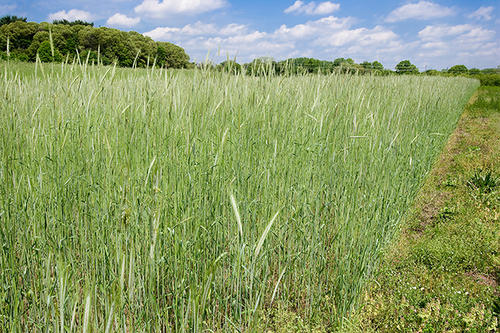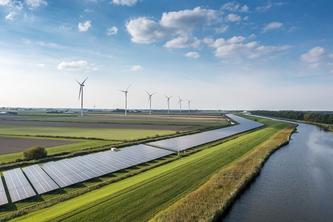
Cover crops—alfalfa, radishes, turnips, and more—have historically been grown after corn or other crops that are harvested in the fall, or anytime the ground is bare. For several years now, an increasing number of farmers have embraced cover crops as a way to anchor the soil so it won't erode and wash away and to prevent weeds.
It isn't always easy to grow cover crops in cold climates. New research is helping farmers determine what to grow, when to plant and what the full range of benefits includes.
Jill Sackett Eberhart, a U of M Extension crops educator, says research activity accelerated in Southeast Minnesota with participation from watershed managers. Besides preventing erosion, it appeared that the organic matter dying plants add to the soil helps a field absorb heavy rains without the water escaping to the nearest watershed.
But research was lacking, so Scotty Wells, an Extension agronomist and assistant professor, began carrying out replicated trials on multiple farms. Learning tours were also part of the strategy.
"Cover crops help," says Dean Thomas, a watershed manager in Fillmore County. "It's not the only thing that helps, but Scotty's been sharing the data and it's really caught people's attention."
"The advice I've been taking is to keep a living root in the soil as close to year-round as I can," says Jerry Ackermann, a participating farmer in Jackson County. The Ackermanns have been concerned about pollution problems in nearby Heron Lake and want to make sure they are doing their part to help.
"All of the years of itty-bitty cover crop projects have led to where we are now," says Eberhart. "The farmers who have collaborated on the research have certainly had some hassle factors to deal with, but they've also seen some of their own ideas put to the test and made a part of this whole new body of knowledge."
- Categories:
- Agriculture and Environment





